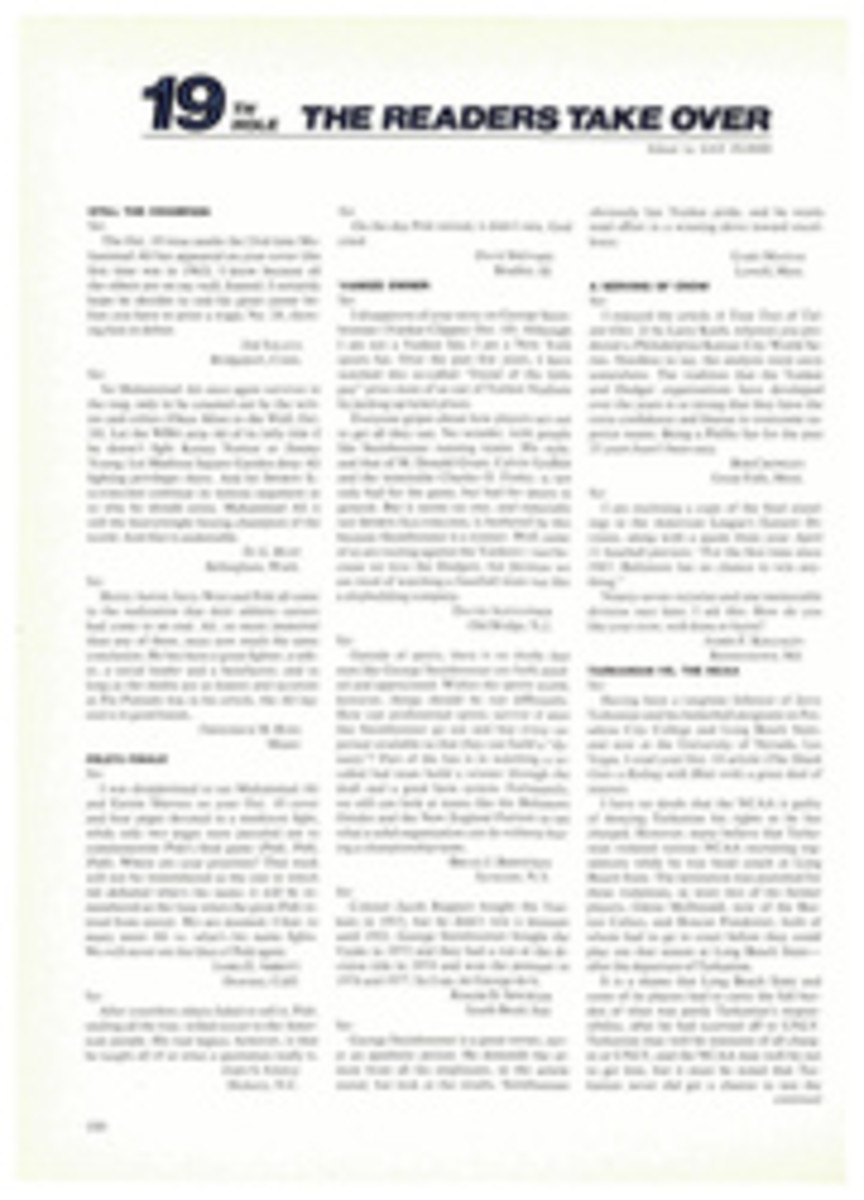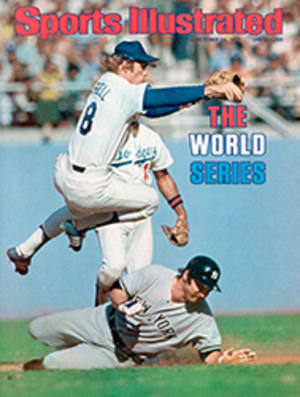
IF SKATEBOARDING IS TOO TAME, STEP A MAST, HOIST A SAIL AND TAKE OFF
The Mojave Desert is alive with multicolored sails. The setting sun has painted the landscape orange and the shadows purple, and the yellow, orange, red and blue sails seem almost fluorescent. What makes these colorful sails different from others is that they are not attached to boats but to skateboards, dubbed WindSkates by their inventor, 33-year-old James Budge of Santa Monica, who is gliding across the lake bed with his wind-skating buddies.
Two years ago Budge, a California surfer and surfing-film producer, came up with a workable design for a sailing skateboard, patented it and founded WindSkate, Inc. (P.O. Box 3081, Santa Monica, Calif. 90403). Budge sells about 50 WindSkates a month, with orders coming in from as far away as Japan.
The cost of a WindSkate ranges from $100 to $170, depending on whether you prefer to attach it to your own skateboard or buy the one offered by Budge, and whether you want non-essential frills, such as a bag for the sail or a WindSkate T shirt. A cheaper plastic sail was discontinued in favor of nylon. Nylon is not only stronger, more easily repaired and more responsive to the wind, but it also cushions falling bodies and, unlike the more brittle plastic, its smooth surface often allows one to slide to a harmless stop. Bruises, yes, but Budge has yet to hear of a broken bone.
The aluminum mast to which a WindSkate sail is attached is 12 feet tall. The aluminum boom is eight feet long. The entire assembly, including the sail, folds down to a seven-pound, six-foot-long package eight inches in diameter for easy transporting. Though dry lake beds are the most esthetically appealing to WindSkaters, empty parking lots, deserted highways, ice (with blades instead of wheels attached to the skateboard), bike paths, abandoned runways—any unencumbered flat surface—serve almost as well.
Wind skating is not for the chickenhearted because the sensation lies somewhere between flying and falling. "Leaning into the sail," says Budge, "allows the pressure of the wind to sustain the skater's weight." Otherwise, the sail will knock the skater off the board. In a really strong wind, the skater may find himself at about a 45° angle to the ground. And if a sudden gust hits the sail, muscles must strain to hold it. This is the ultimate thrill of the sport, like the high-speed curve in auto racing, the backside bottom in surfing, the unexpected updraft in hang gliding.
Having logged more hours on WindSkates (perhaps 1,000) than anyone else, Budge is the world's best all-round skater, but others are skidding after his records. Mike Fadem and Dave Mellin of Santa Monica share the officially clocked speed record of 40 mph (the unofficial record is 55 mph). Dan Thor, also of Santa Monica, holds the continuous-distance record of 10 miles, having wind-skated down the California coast from Marina Del Rey to Redondo Beach and back on bike paths and sidewalks.
Budge is planning a magazine or newsletter for wind skaters and is forming the WindSkate Association, which will sponsor events that include downwind speed sprints, open-area freestyle and long-distance marathons. Budge plans to stick strictly to exhibition skating. "I won't compete," says Budge. "I don't want to have to constantly defend my title, like a WindSkate gunslinger."

